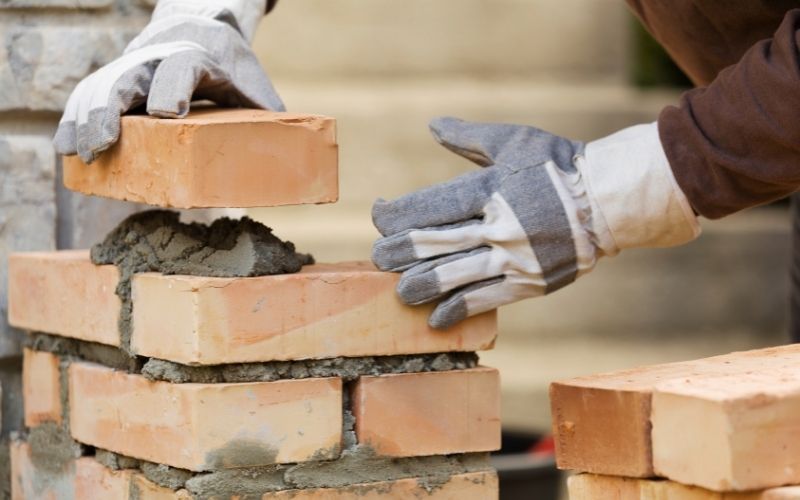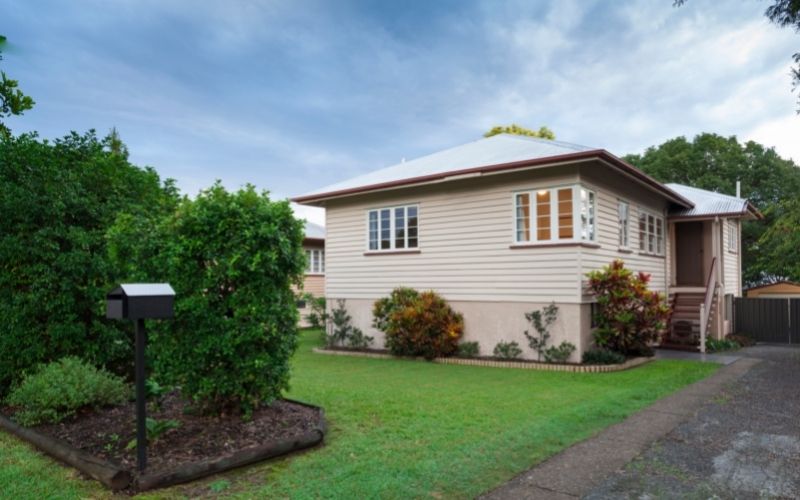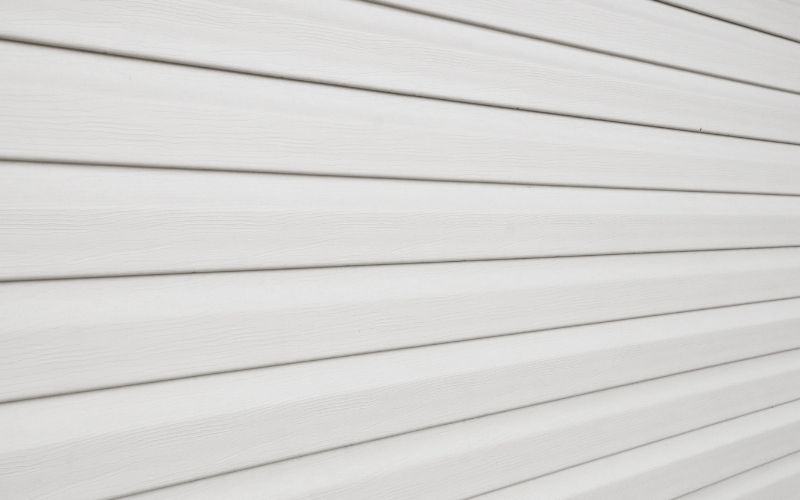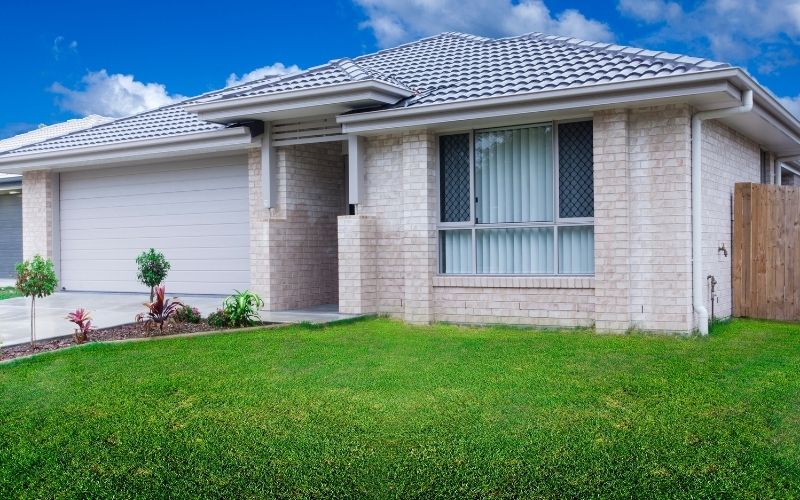Brick or weatherboard? You’re deciding which type of home to buy or build, so it’s time to dig a little deeper into the advantages and disadvantages of each. A brick veneer house looks excellent and has many benefits. However, 1950s weatherboard houses in Australia, and those older, have a traditional feel that resonates with many. You may have considered brick veneer vs brick or brick vs weatherboard, so let’s see what problems you may encounter with both.
Advantages of brick construction
Bricks are a traditional material that has been tried and tested for centuries. Brick houses are ultra-solid, and bricks are highly regarded and trusted as a building material. You can separate brick construction into brick veneer vs solid brick. Having a solid brick home (or double brick) is a better option when protecting a home against extreme weather conditions we experience in Australia, for example, cyclones and fire. Solid brick construction is a good option for moisture control, absorbing noise, insulation, lifespan, and minimal environmental impact.
On the other hand, brick veneers are the more affordable option and a standard building method in most states of Australia. Usually made from clay and shale, they look like regular bricks, but the construction is different. It involves concealing the timber or steel house frame with a single bricklayer to form the exterior. Don’t be mistaken; even though brick veneers are lighter, they are as strong as traditional bricks and have an equally long lifespan.

Disadvantages of brick construction
Because brick veneer isn’t attached to the exterior wall of your house, it doesn’t add any structural support compared to brick masonry. This construction style is essential to note if structural support is necessary for the region you live.
The porous surface of brick veneer is susceptible to water damage, leading to severe damage over time. Brick veneer is not advisable if you live in an area with regular heavy rainfalls, so ask the opinion of an independent building inspector if you’re in a high rain area. Lastly, if you live where there are regular vibrations, for example, near a highway or railway line, brick veneer isn’t ideal because vibrations can cause brick veneers to move or even fall off.
Double brick has its downsides, too, particularly if you’re building. The weight of double brick means it will require stronger foundations to support the weight. This means extra reinforcing, which can raise the building cost. Double brick can also impact usable living space because it’s usually 60% wider.

Advantages of weatherboard construction
Readily available and inexpensive, weatherboards come at a low cost. Reclaimed wood is also a great alternative for weatherboards. Recycling materials make it an environmentally friendly option for those who prefer to repurpose materials. Take the traditional Queenslander; they had the right idea when designing these homes, perfectly designed for the Queensland heat. Weatherboards can trap air between the boards. While doing this, they are regulating the temperature of the house.
If you were to build or renovate a home with weatherboards, it would mean faster construction because weatherboards are easier to install. Unlike bricks, weatherboards are particularly good with house movement and won’t crack. Repairs are also quite simple if you’re a homeowner needing to repair a loose nail or weather damaged weatherboard.
Disadvantages of weatherboard construction
Prepare yourself for ongoing maintenance if you opt for a weatherboard house. Maintenance includes tasks such as checking nails, replacing warped and rotten weatherboards and painting the home. Weatherboard will require a TLC to keep the weatherboard protected from the elements. Without this maintenance, weatherboard can become susceptible to wood rot.
Weatherboards don’t have insulation properties like that of brick construction. Where bricks are good to block out noise, weatherboards are not noise proof.

Lastly, in the case of severe storms, houses with weatherboard constructions can be more at risk of damage. If weatherboards are loose, the strong winds can easily pull them off, causing damage and introducing an unwanted projectile during the nasty Brisbane storms we experience.
Given the pros and cons of weatherboard houses versus brick construction, it does come down to personal preference. What you are prepared to pay in construction costs and the time spent on maintenance is also a factor. Many homeowners are happy to attend to the maintenance requirements of weatherboard houses because it’s part of being able to experience the uniqueness of a traditional style of home. Others prefer brick construction for its modern look and low maintenance. Either way, arming yourself with the pros and cons might have you thanking yourself down the track.
Whichever type you choose, they’ll still have their little hidden secrets, so don’t forget to book a building inspection.
